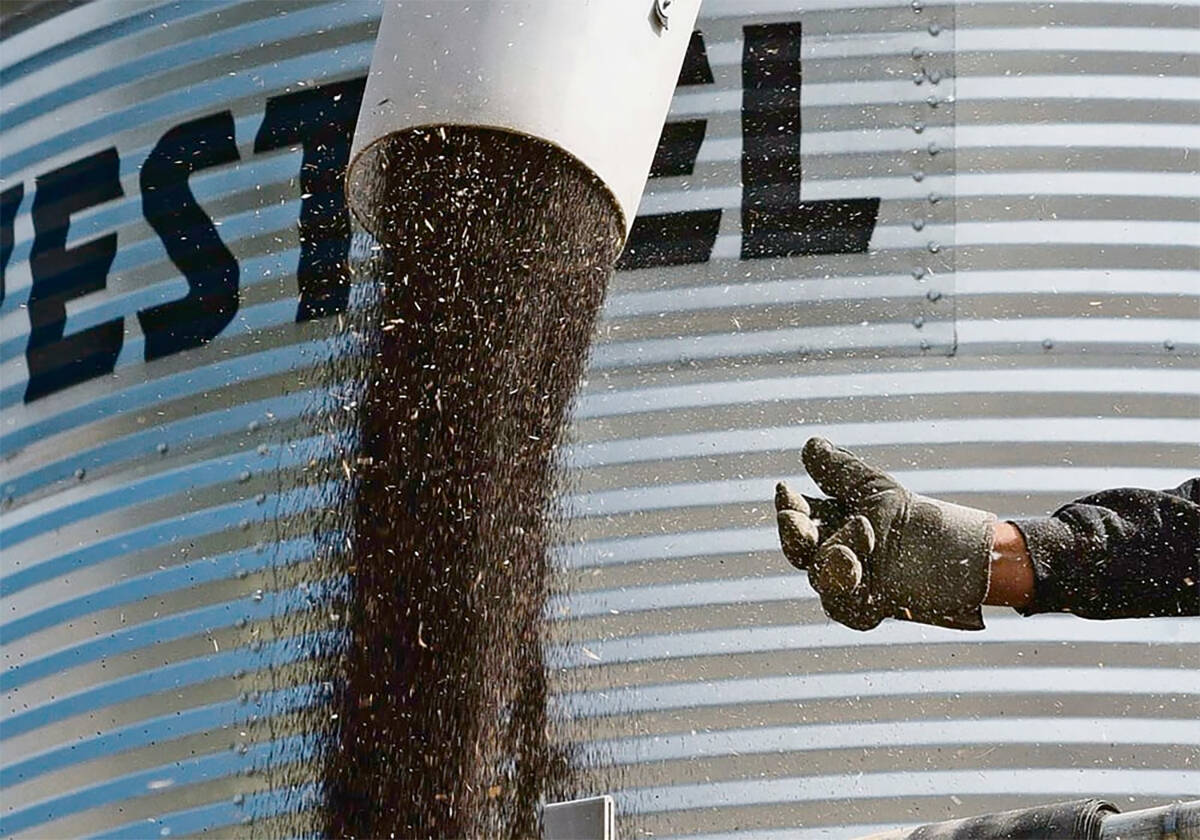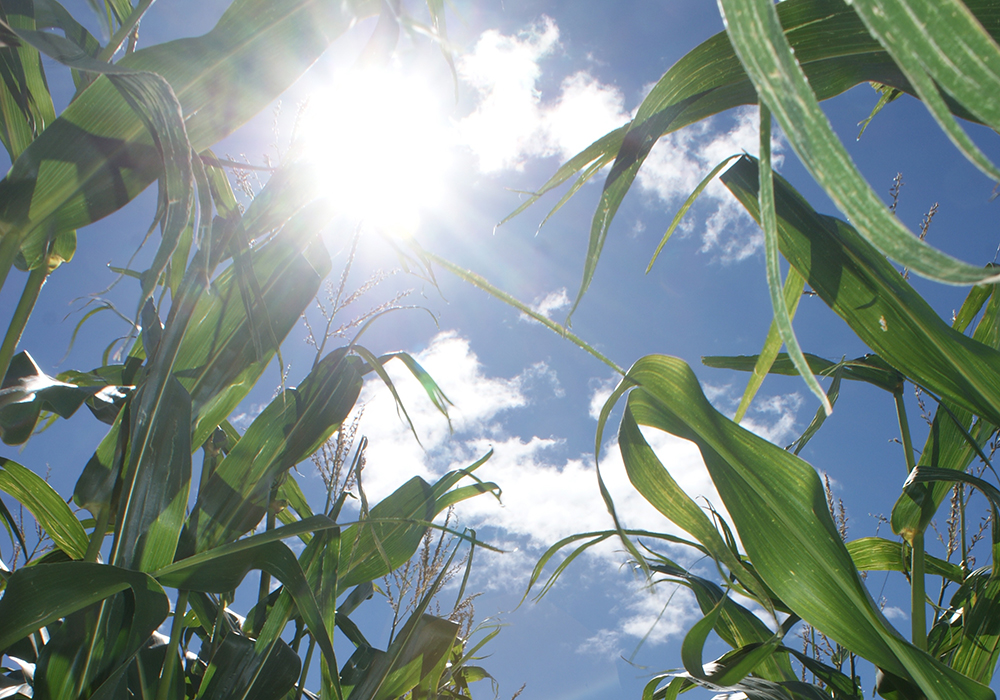Crop insurance coverage and premiums are both going up for the 2022 growing season, says Saskatchewan agriculture minister David Marit.
The average premium rate, however, is down, he said, because of strong 2020 production.
Production from 2021 won’t be a factor until next year because there is a one-year lag in premium rate calculation.
Read Also

Farmers urged to be grain-safe this fall
Working around grain bins comes with risk, from farmers falling to drowning in grain: Experts have five tips to help avoid grain-related accidents this harvest.
Higher crop prices and increased yield coverage will push average coverage to $405 per acre. The 48 percent increase in coverage is accompanied by an average premium of $12.05 per acre, up from $8.59 last year.
Changes for this year include adding a heat adjustment factor to the forage and corn rainfall insurance programs. For every day that the temperature reaches 31 C or higher, the precipitation amount will be adjusted within the monthly percent of normal calculation.
For example, for each day in July that the temperature is 31 C or higher, one millimetre of precipitation would be taken off the monthly precipitation chart used in the calculations. If the temperature was reached for five days, then five mm would be taken off.
According to the Saskatchewan Crop Insurance Corp., that temperature was chosen because at that point the precipitation is evaporating beyond the point of helping a plant, and any lower temperature would have been cost prohibitive.
Another change will allow participants who use the contract price option to blend contract prices with the crop insurance base price for higher coverage on all commercial crops. This adds fababeans, Khorasan wheat, fall and spring rye, sunflowers, triticale, winter wheat, extra strong wheat, hard white wheat, all classes of chickpeas, caraway, irrigated dry beans and soybeans to this program.
The deadline to apply for crop insurance or make changes to existing contracts is March 31.
Contact karen.briere@producer.com
















